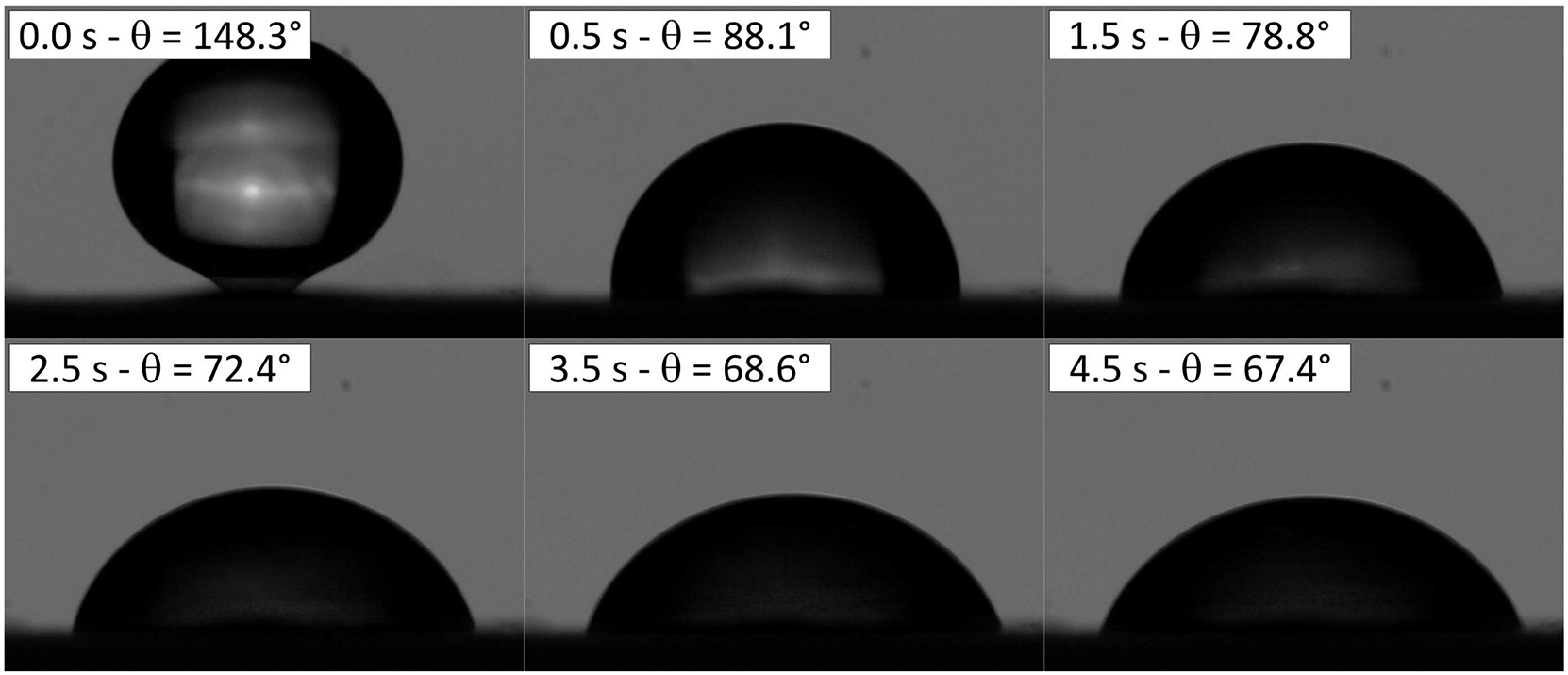M. Guilizzoni, J. Sapienza, R. Caruana, A. Basso Peressut, M. Di Virgilio, S. Latorrata
Colloids Surf. A: Physicochem. Eng. Asp., 684 (2024), 133151, 1-13
https://doi.org/10.1016/j.colsurfa.2024.133151
The self-assembling ability of graphene oxide (GO) and the possibility to obtain derivatives enriched with functional groups make it a suitable material for the production of thin membranes for many different applications. In particular, sulfonated graphene oxide (SGO) membranes can be promising electrolytes for proton exchange membrane fuel cells (PEMFCs), especially at high temperatures. The degree of sulfonation should improve the proton conductivity, but it should not reverse the mild hydrophilic behaviour that is among the requirements for a good performance. SGO membranes at six different sulfonation degrees were produced with an innovative procedure and characterized, together with a benchmark GO membrane, by means of scanning electron microscopy and X-ray diffraction analyses. Then, static and dynamic contact angles, spreading factors, and work of adhesion with water were measured and discussed in relation with the previous characterizations and with the water uptake and proton conductivity. The results show that the increase of the degree of sulfonation leads to a rise in the contact angles, as well as to a significant increase of the proton conductivity, but the hydrophilic behaviour is conserved except for the highest degree of the acid-to-GO ratio, at which in any case such effect may be only superficial. (© 2024 Elsevier B.V. All rights reserved.)

